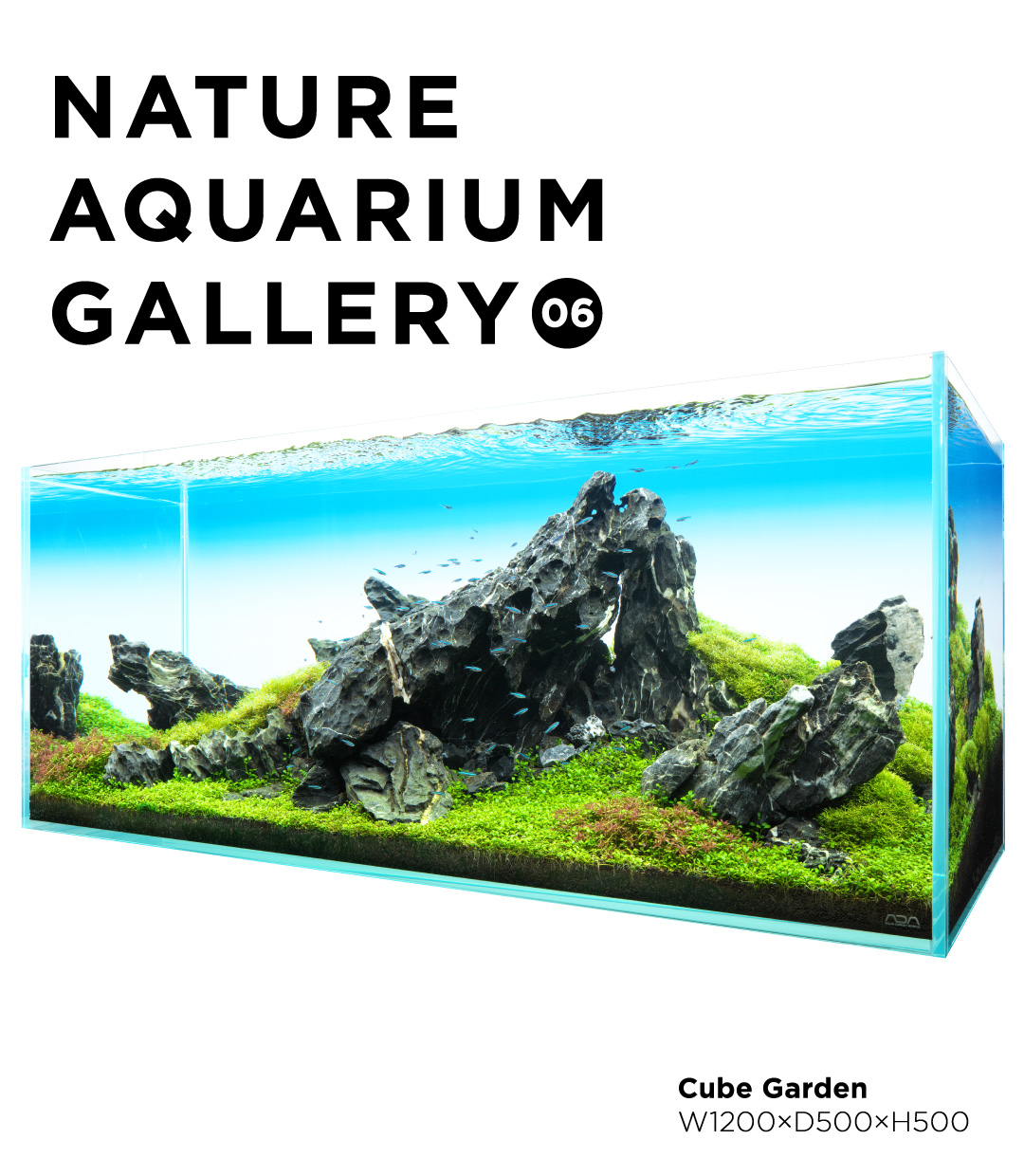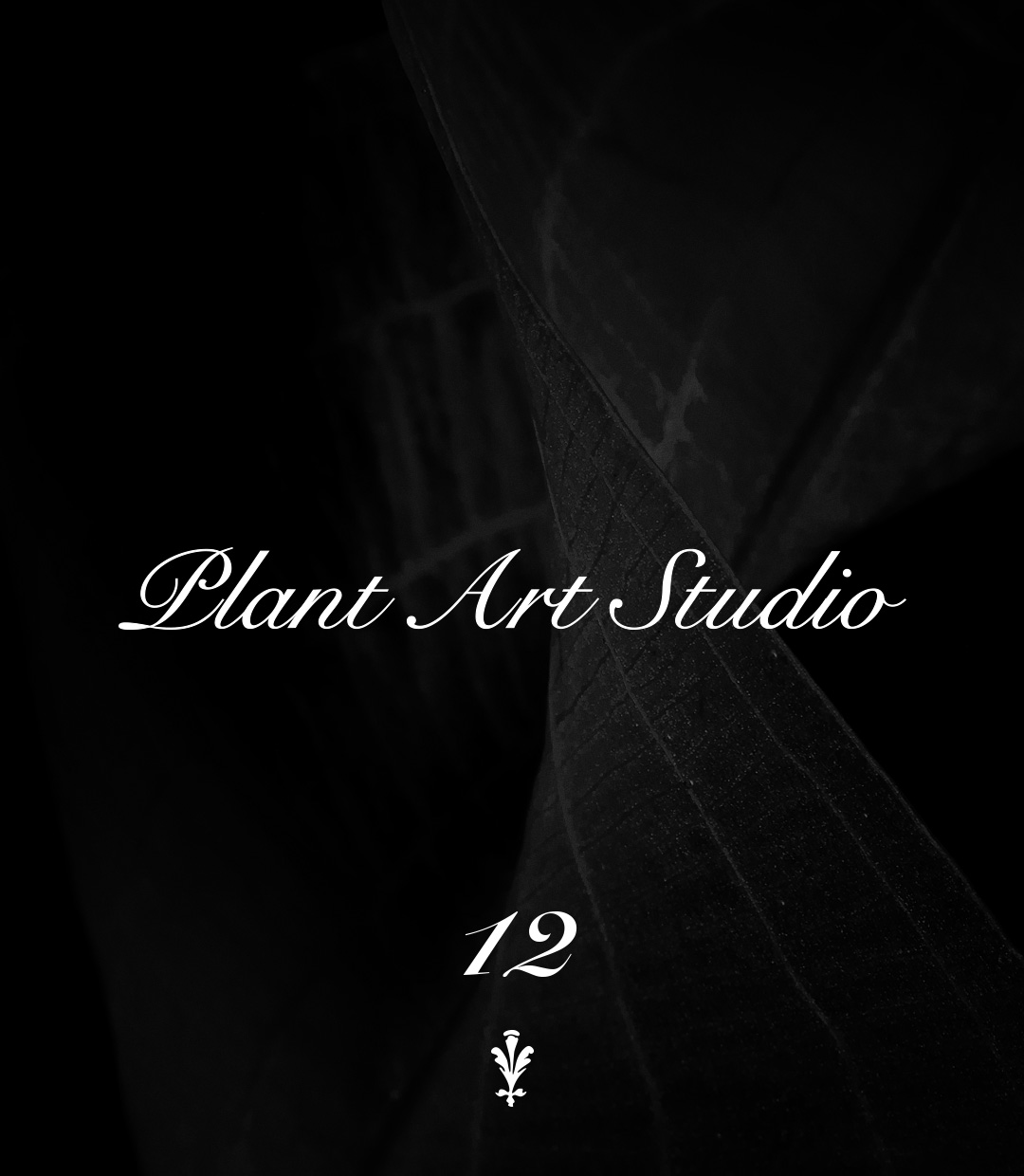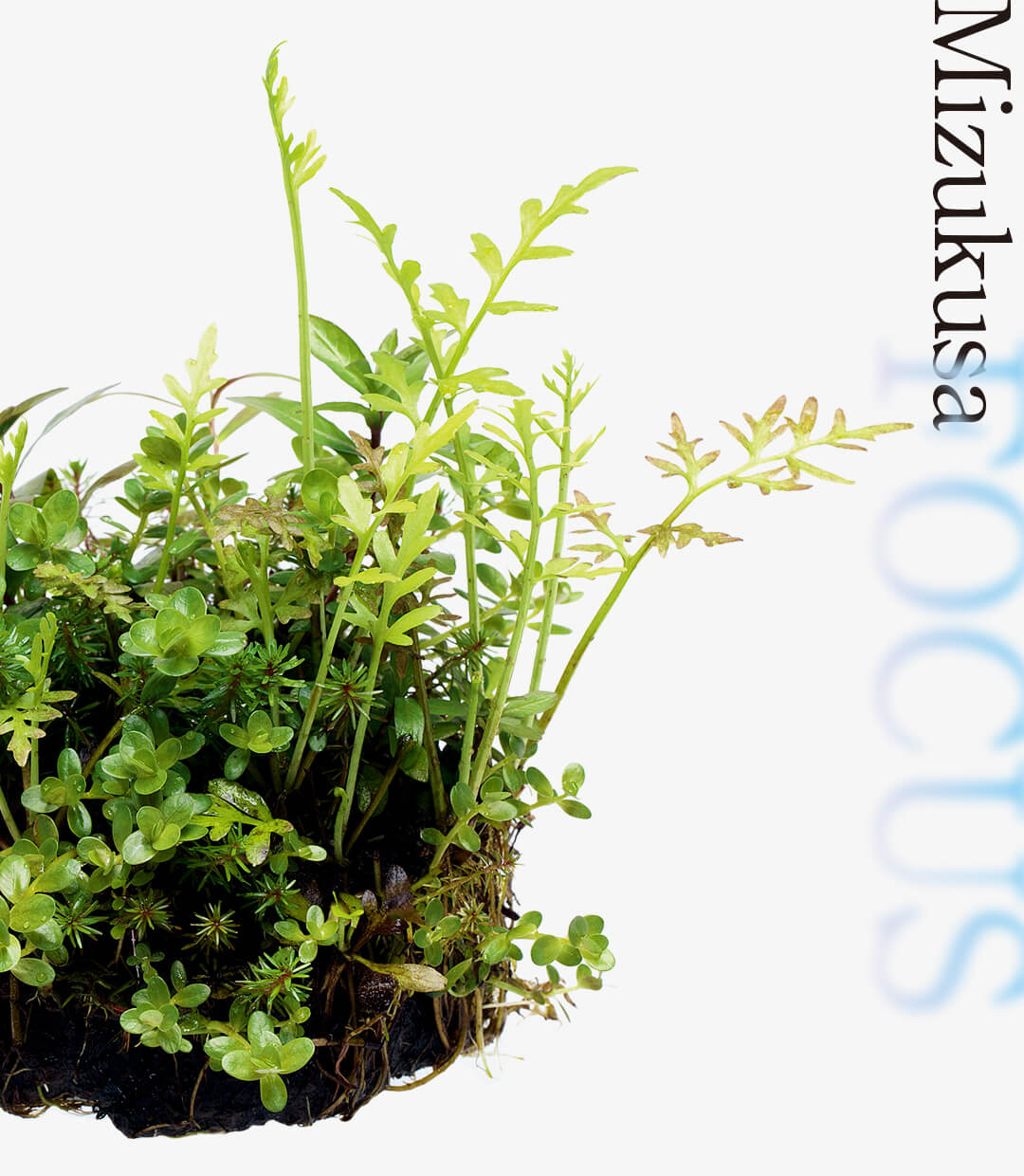Green Lab. #03 [Perched on an Aged Branch]
At Green Lab., we explore paludarium design through practical examples, sharing tips and techniques related to plant care, layout, and the creative process.
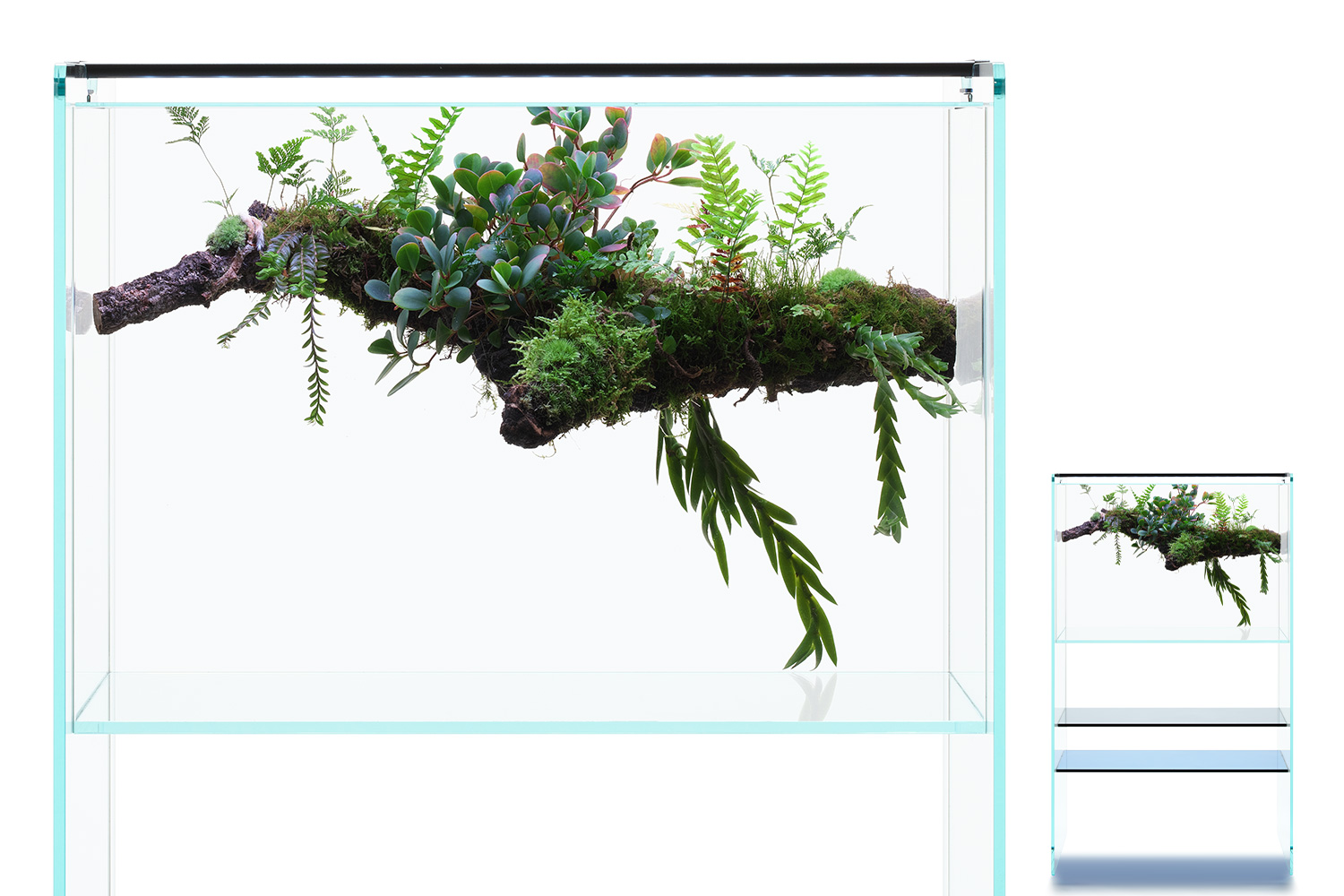
An all-glass display case, designed to beautifully showcase mosses and plants in indoor spaces.
The base features two tones of colored glass, creating elegant visual effects through overlapping hues.
Main unit dimensions: W600 × D400 × H1,000 mm
Display case dimensions: W600 × D300 × H400 mm
[Perched on an Aged Branch]
The Glass Paluda 600 is a glass-panel display case carefully designed to highlight the natural beauty of plants. With an open-top design that keeps the view unobstructed, it presents a scene as if nature itself were framed and brought indoors. The dense moss growth, the spacing between plants, and the way leaves align all convey a graceful natural order—calm, serene, and elegant.
In this piece, epiphytic plants from Southeast Asia are mounted on cork shaped like tree branches, with no substrate at the base. This design enhances the sense of airiness and suspension, echoing the quiet, structured beauty of the wild—a living, ecological display.
DATA
Photo taken on: January 30, 2025
Creator: Kota Iwahori (ADA SUIKEI CREATOR)
Aquarium: DOOA Glass Paluda 600
Lighting: DOOA Paluda Light II 300 (8 hours per day)
Humidity: Adjust to 55%–65% using a hand spray
Time control: Power Code S-70
Plants
Dendrobium keithii
Podochilus lucescens
Oberonia aporophylla
Pachycentria glauca
Goniophlebium persicifolium
Davallia tyermannii
The Glass Paluda 600 is a glass-panel display case carefully designed to highlight the natural beauty of plants. With an open-top design that keeps the view unobstructed, it presents a scene as if nature itself were framed and brought indoors. The dense moss growth, the spacing between plants, and the way leaves align all convey a graceful natural order—calm, serene, and elegant.
In this piece, epiphytic plants from Southeast Asia are mounted on cork shaped like tree branches, with no substrate at the base. This design enhances the sense of airiness and suspension, echoing the quiet, structured beauty of the wild—a living, ecological display.
DATA
Photo taken on: January 30, 2025
Creator: Kota Iwahori (ADA SUIKEI CREATOR)
Aquarium: DOOA Glass Paluda 600
Lighting: DOOA Paluda Light II 300 (8 hours per day)
Humidity: Adjust to 55%–65% using a hand spray
Time control: Power Code S-70
Plants
Dendrobium keithii
Podochilus lucescens
Oberonia aporophylla
Pachycentria glauca
Goniophlebium persicifolium
Davallia tyermannii
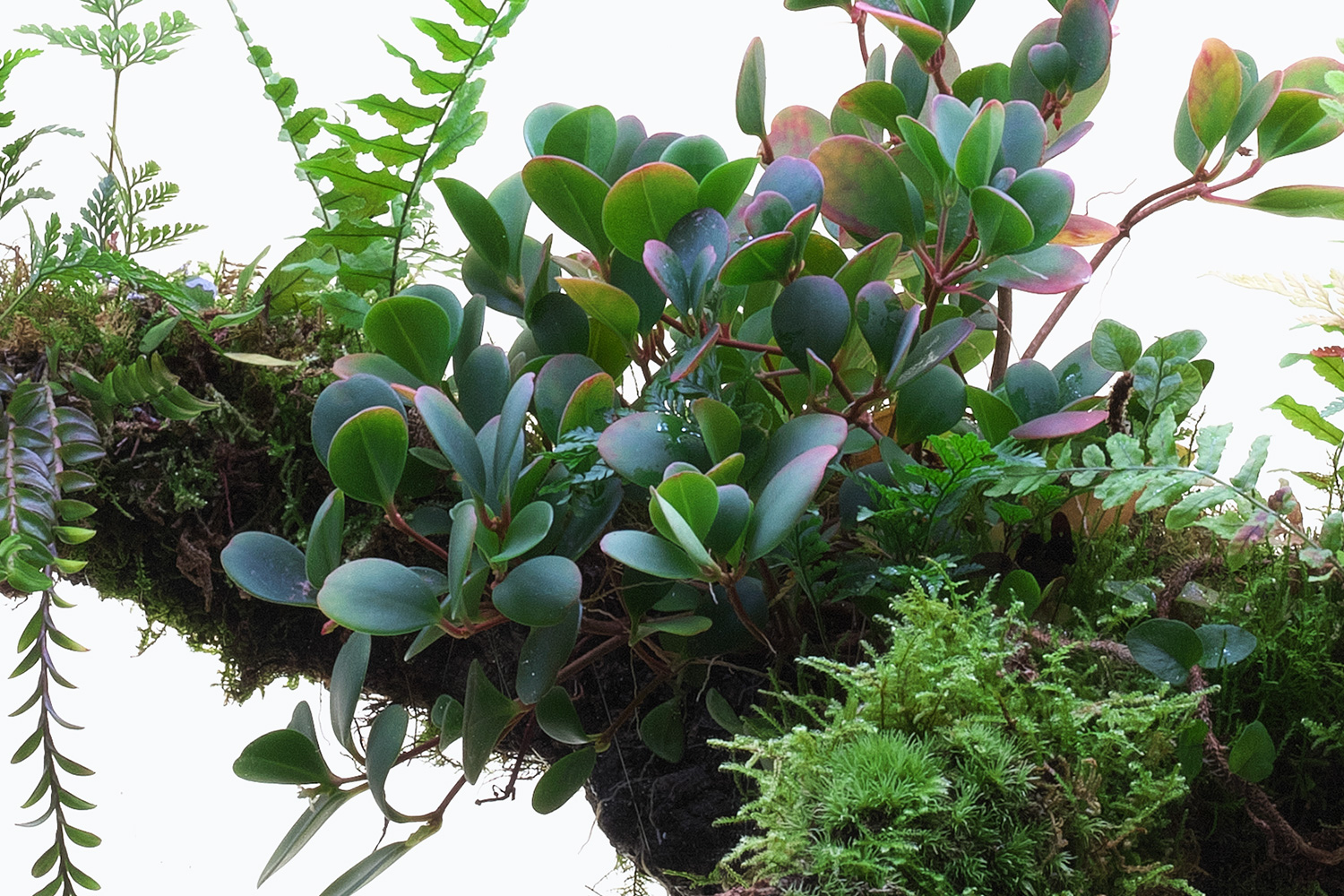
Pachycentria glauca
A fascinating member of the Melastomataceae family, this epiphyte produces multiple tuber-like rhizomes. It’s also known as an “ant plant,” as it forms hollow rhizomes that host ants. Watering should follow a rhythm of drying and soaking. For best results, leave the lid slightly ajar for longer ventilation.
A fascinating member of the Melastomataceae family, this epiphyte produces multiple tuber-like rhizomes. It’s also known as an “ant plant,” as it forms hollow rhizomes that host ants. Watering should follow a rhythm of drying and soaking. For best results, leave the lid slightly ajar for longer ventilation.
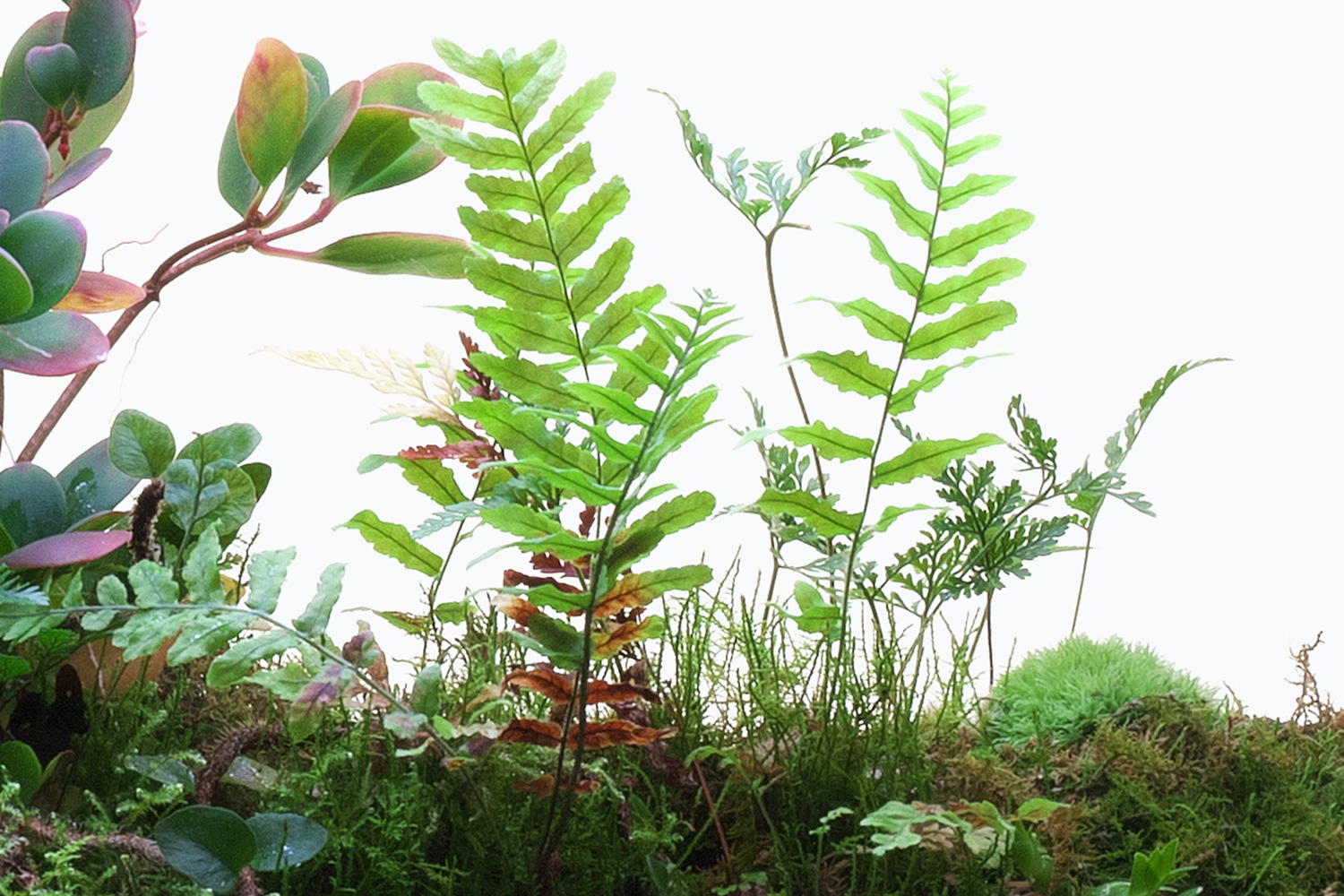
Goniophlebium persicifolium / Davallia tyermannii
Epiphytic ferns are essential to this kind of layout. Davallia tyermannii is easy to establish and resistant to dry conditions. Goniophlebium persicifolium will eventually develop beautiful trailing fronds—but that transformation takes time.
Epiphytic ferns are essential to this kind of layout. Davallia tyermannii is easy to establish and resistant to dry conditions. Goniophlebium persicifolium will eventually develop beautiful trailing fronds—but that transformation takes time.
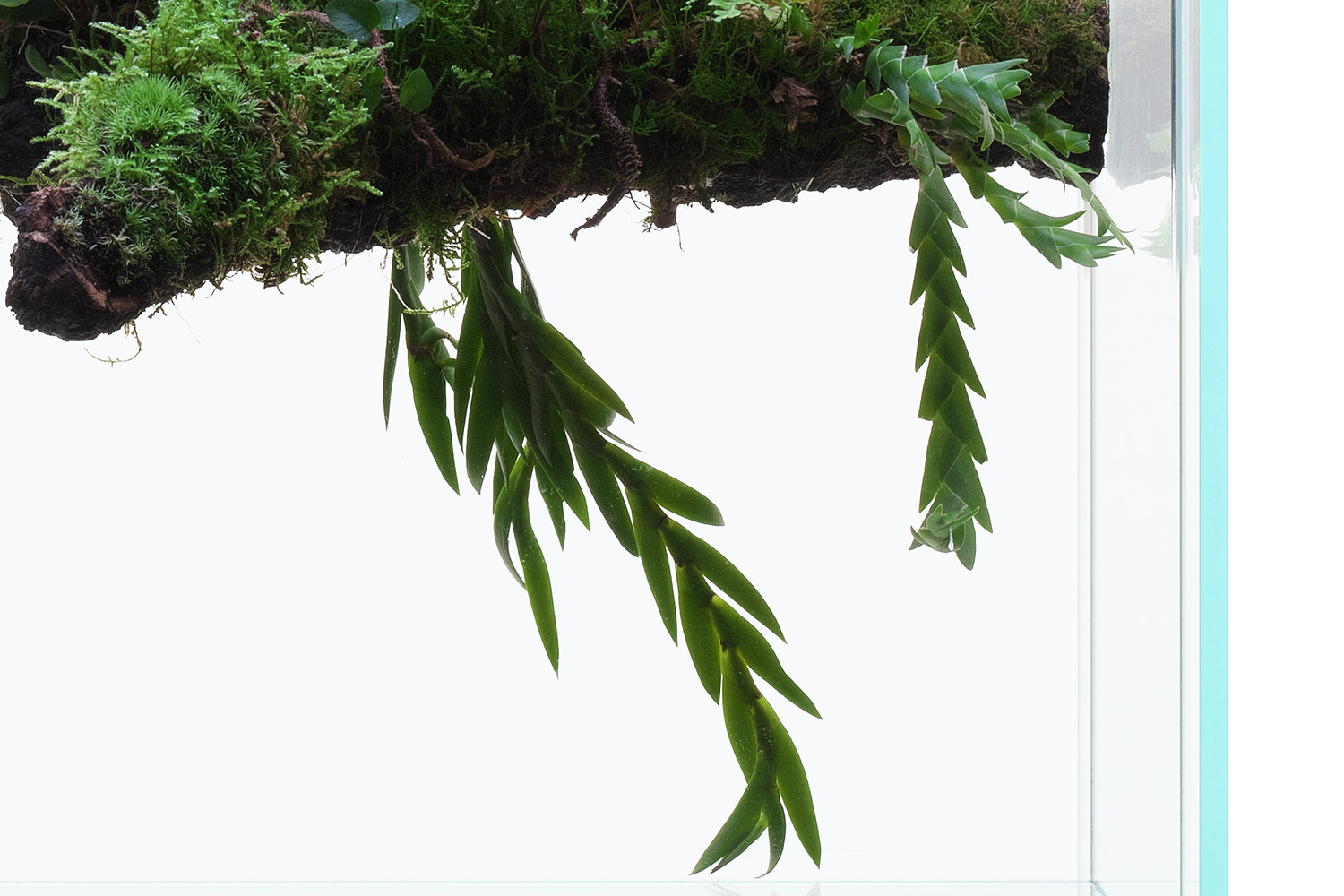
Dendrobium keithii / Oberonia aporophylla
These epiphytic orchids naturally grow in a cascading form in the wild. Here, they’re mounted with moisture-retentive moss at their base. Water thoroughly once the moss has dried.
These epiphytic orchids naturally grow in a cascading form in the wild. Here, they’re mounted with moisture-retentive moss at their base. Water thoroughly once the moss has dried.
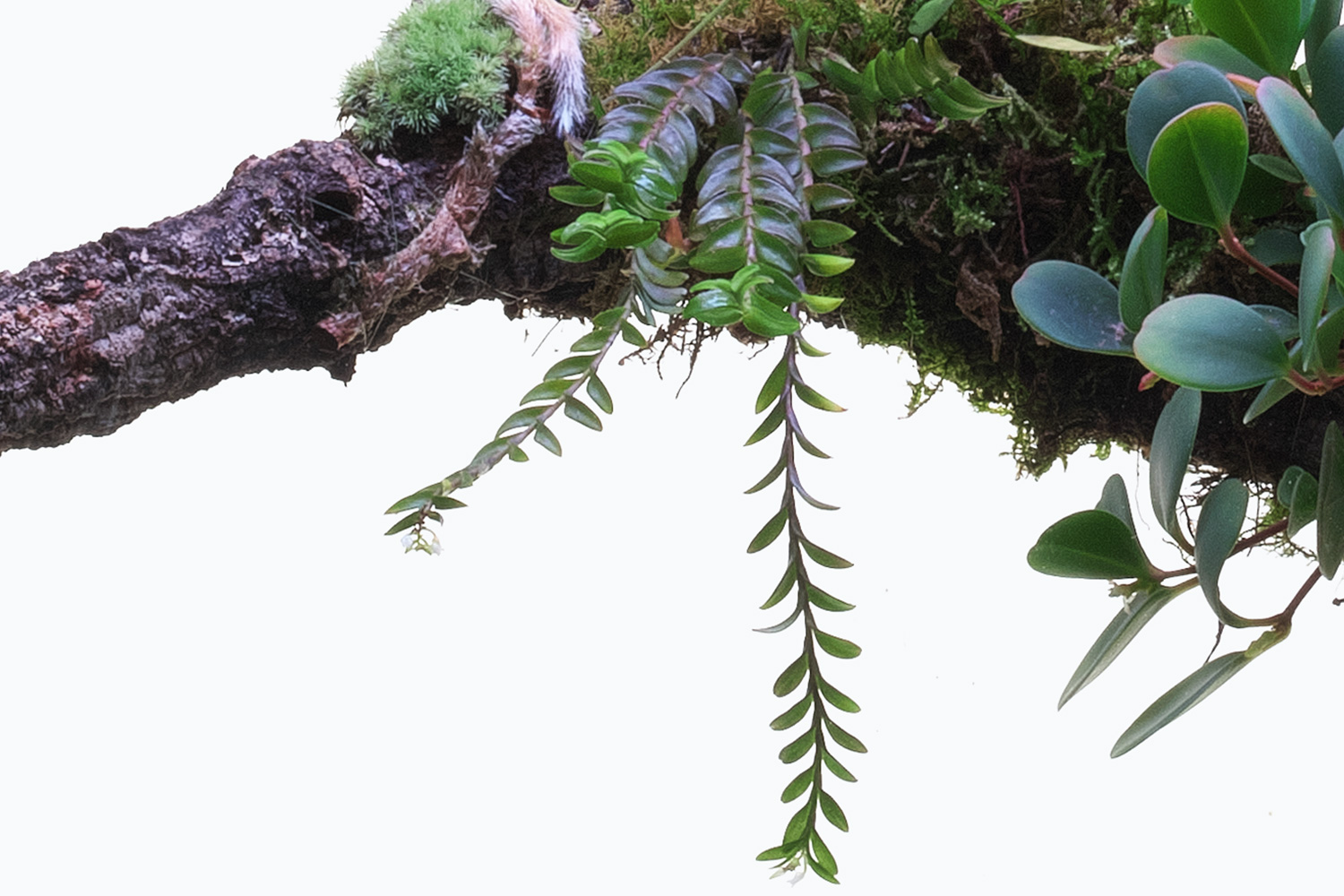
Podochilus lucescens
Another trailing epiphytic orchid. It prefers slightly more moisture than the others, so water it just before the moss fully dries. When stems reach about 8 cm, it may begin to bloom—producing short flower stalks and small white blossoms near the tips.
Another trailing epiphytic orchid. It prefers slightly more moisture than the others, so water it just before the moss fully dries. When stems reach about 8 cm, it may begin to bloom—producing short flower stalks and small white blossoms near the tips.
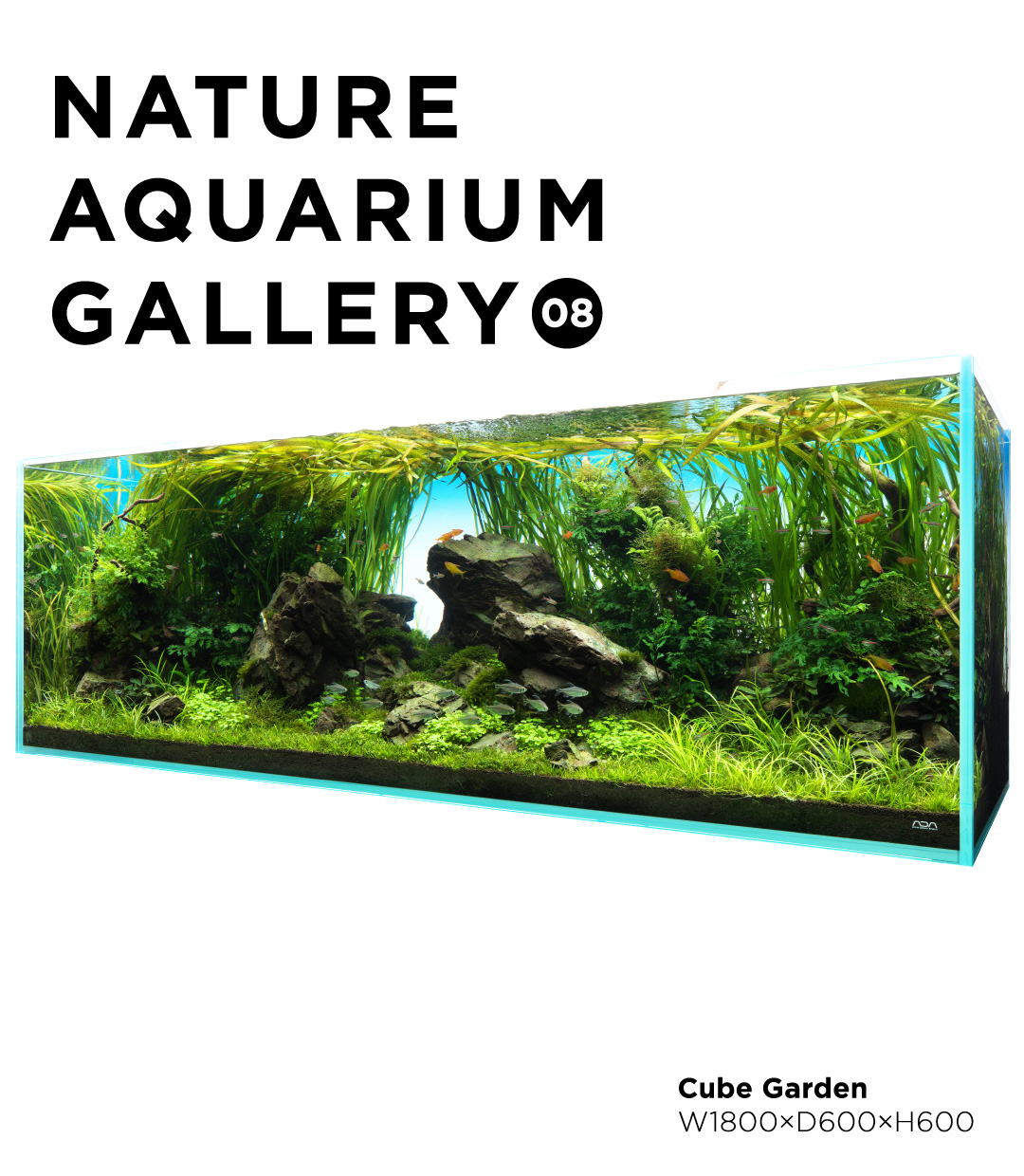
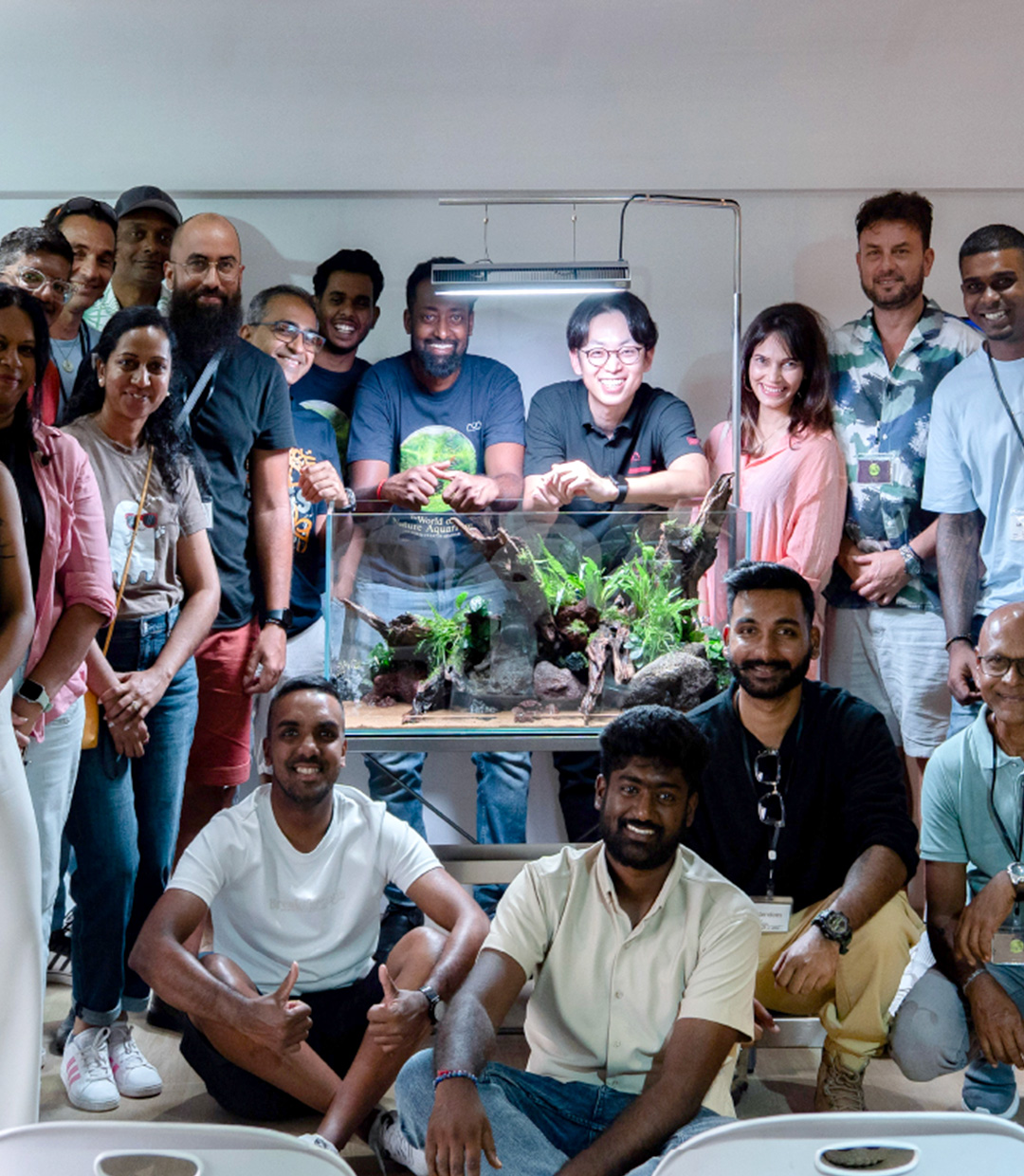
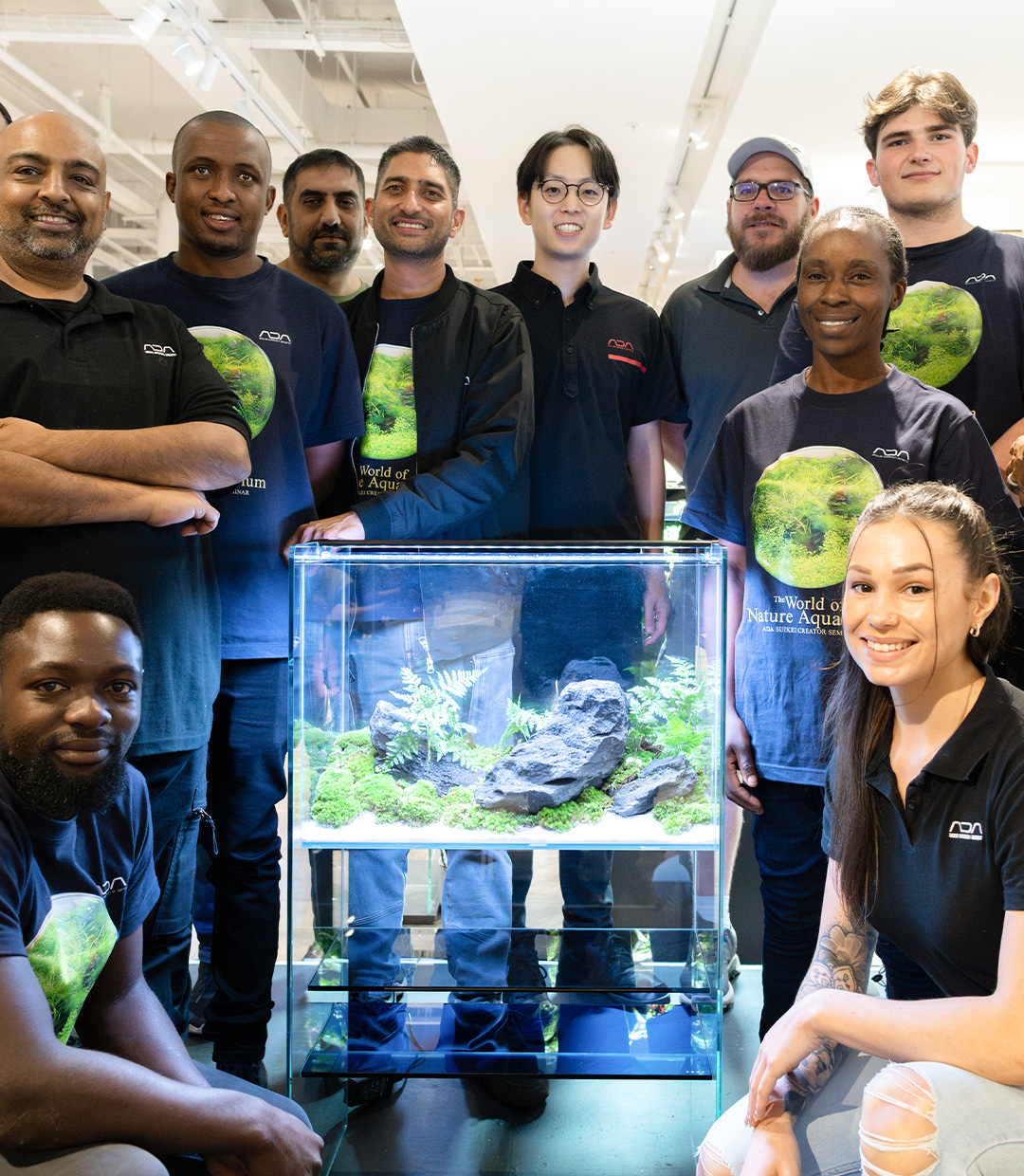
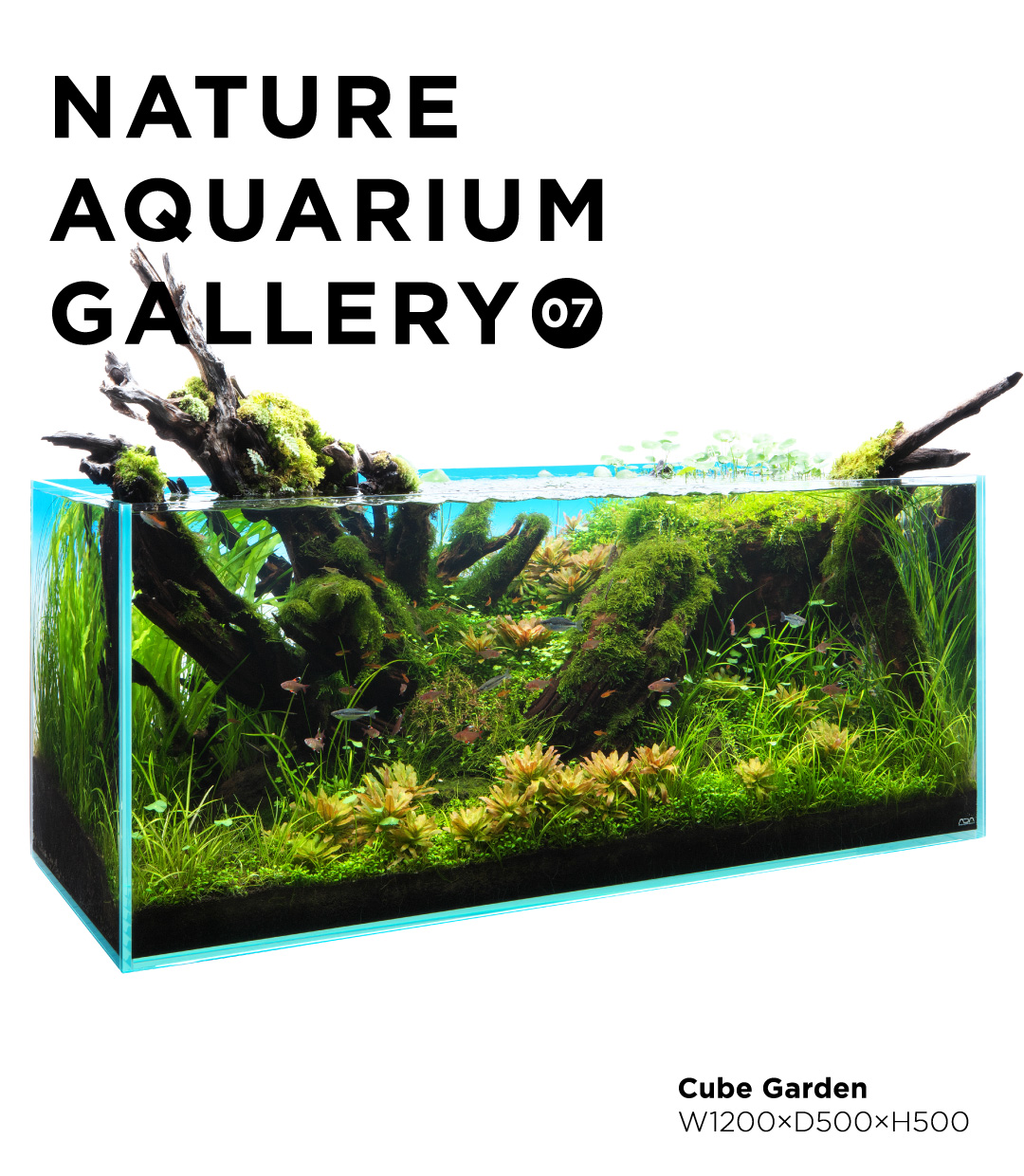
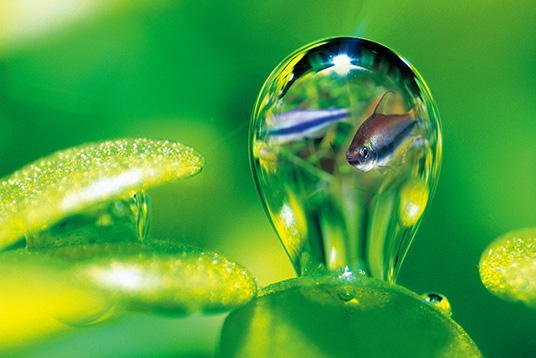
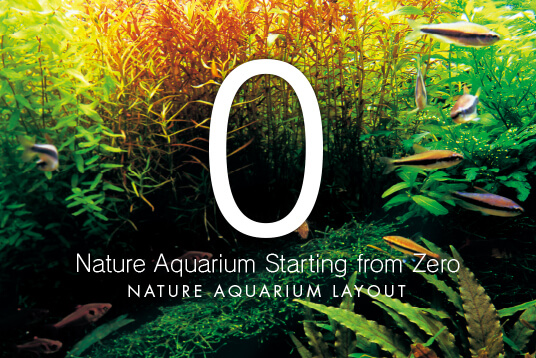
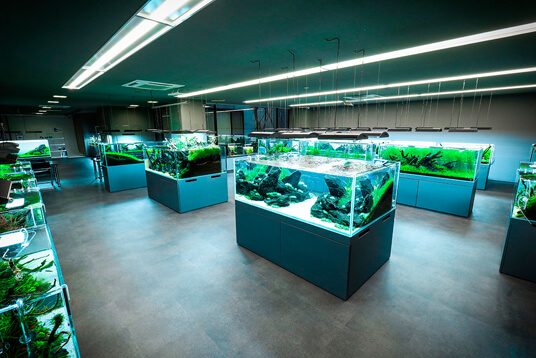

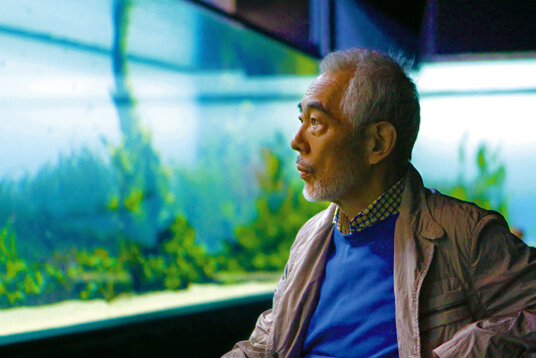

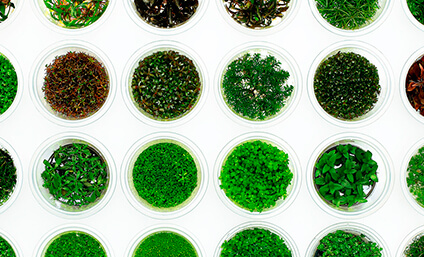
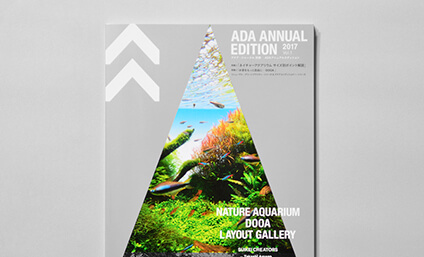






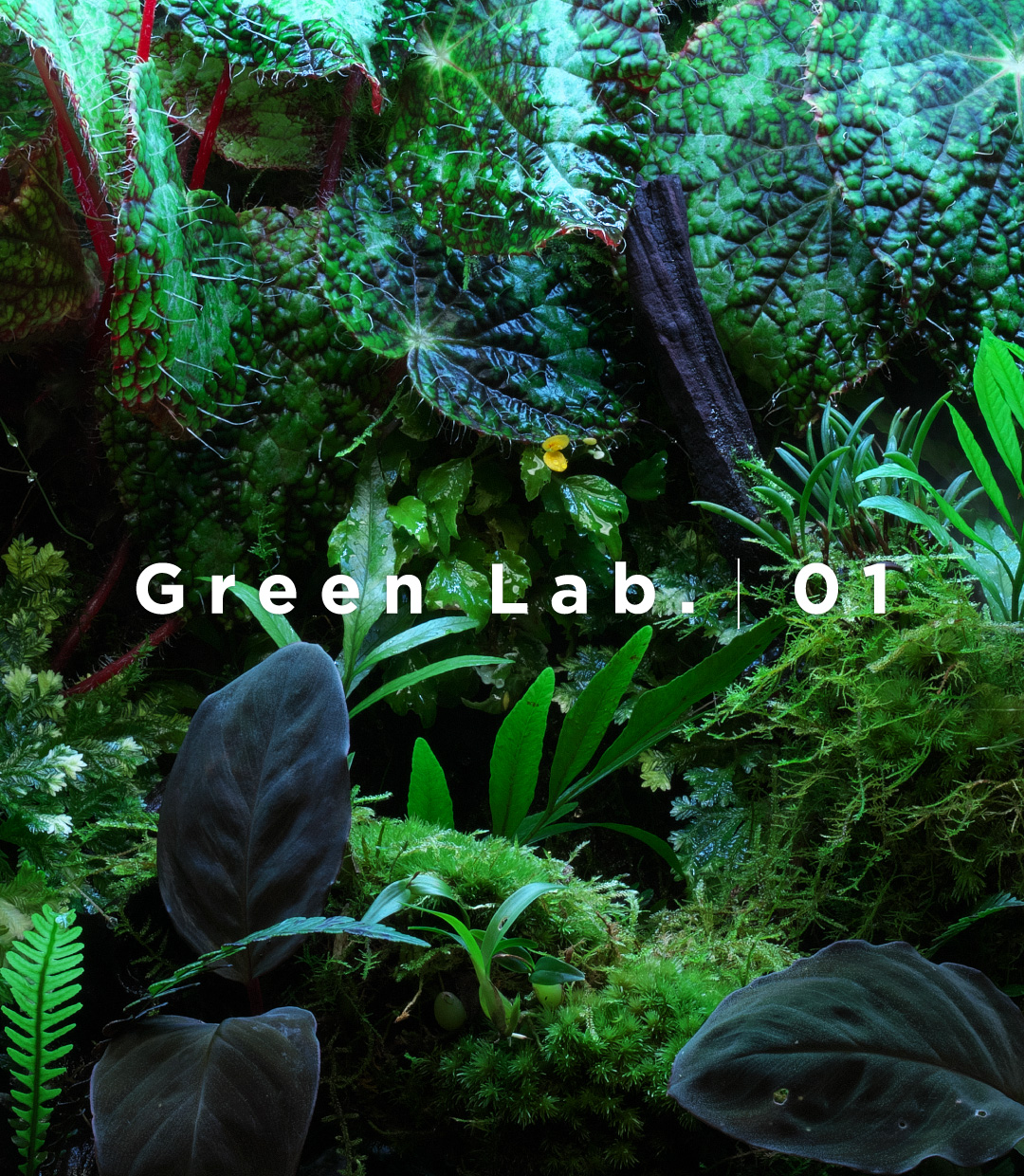
![Green Lab. #02 [ Karst Climber ]](https://www.adana.co.jp/wp-content/uploads/sites/3/2025/07/gl02_img_ogp.jpg)
![Green Lab. #03 [Perched on an Aged Branch]](https://www.adana.co.jp/wp-content/uploads/sites/3/2025/08/gl03_img_ogp.jpg)
![Green Lab. #04 [Until We Thrive Again]](https://www.adana.co.jp/wp-content/uploads/sites/3/2025/09/gl04_img_ogp.jpg)
![Green Lab. #05 [Jewels of the Forest Floor]](https://www.adana.co.jp/wp-content/uploads/sites/3/2025/10/gl05_img_ogp.jpg)
